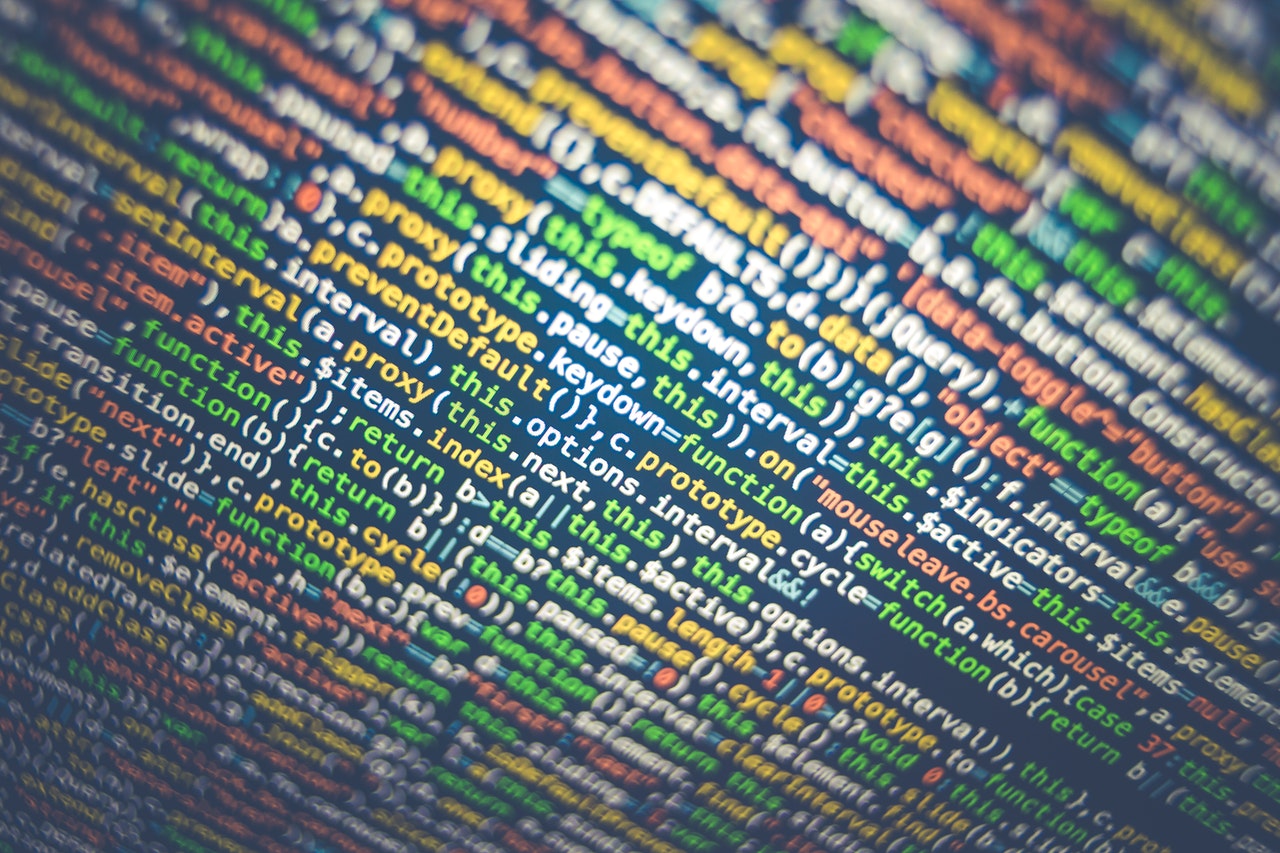A future fueled by renewable energy sources might rescue the planet from catastrophic climate change while also lowering electricity expenses. However, renewable energy has an intermittent problem: the sun does not generate electricity at night, and winds might quit abruptly.
Furthermore, electricity networks must maintain a balance between supply and demand to avoid surges and blackouts. As a consequence, renewable energy is discharged during periods of surplus production, while power plants burn fossil fuels to satisfy system gaps, according to sciencedaily.com.
Better battery storage – a holy grail for scientists all around the globe – is thought to be critical to fixing the intermittent issue by storing energy when the wind and sun are strong. However, existing storage alternatives, such as lithium-ion batteries and pumped hydro, are costly and difficult to scale.
What if excess renewable energy could instead be stored as computation? That’s the idea behind “information batteries,” a novel method devised by Raghavan and Jennifer Switzer, a Ph.D. student at UC San Diego, and recently published in the ACM Energy Informatics Review.
The underlying concept of information batteries is straightforward: When renewable energy is abundant, it is employed to conduct speculative calculations in huge, energy-intensive data centers. According to the Office of Energy Efficiency and Renewable Energy, data centers ranging from Google and Facebook to Hollywood movie rendering spend 10 to 50 times the energy of a normal commercial structure. The calculated findings may then be utilized later when green energy is scarce.
Every day, for example, YouTube data centers transcode more than 700,000 hours of video to various resolutions. Many of these calculations are predictable and can be conducted when there is an abundance of green energy. At this stage, the data is saved on servers for later use when there is less renewable energy available on the grid, thereby shifting power use from one time period to another.
So, how does this operate in the same way as a battery works? Batteries, in the scientific sense, are potential energy reservoirs that may be used to do beneficial labor, whether electrical or otherwise. Most energy storage in batteries turns one sort of potential energy into another, for example, electrical into gravitational. In this situation, information supplies energy in the same manner as a battery does because electrical energy is converted into “informational potential energy.”
In addition to benefiting from job predictability, the system is also flexible: calculations conducted in advance do not have to match precisely with computations finished later.

